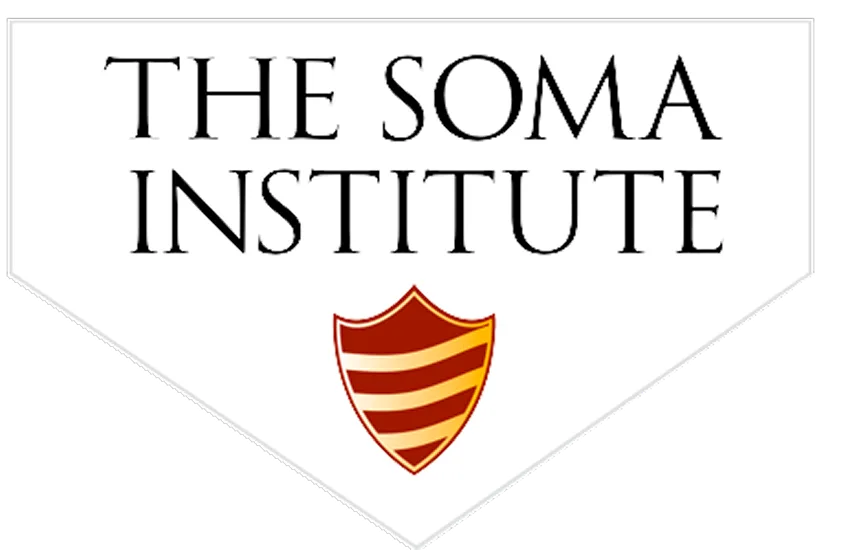Planks for Pain Relief
Plank You Very Much For the Pain Relief
By Jason VonGerichten.
Most of us will suffer some sort of back pain at some point. Is yours a deep achiness in your low back that no amount of stretching seems to cure? This pain might be caused by a postural deviation known as hyperlordosis.
All of our spines are curved. If they weren’t the simple impact from walking would rapidly destroy our vertebrae. It’s when your low back has an excessive curve, going from a normal lordotic curve, to an abnormal hyperlordotic curve, problems may arise. (Sorry, Kim Kardashian; that’s not healthy).
The main causes of hyperlordosis include, but are not limited to:
- Gravity. This simple Newtonian force of nature does a lot of good for us, like keeping us on the ground and stopping our cats from puking into the ceiling fan (which you know they would if they could), but it’s also pretty terrible for our posture.
- Abdominal weight gain. Another reason to replace soda with water and pizza with salad. (Has anyone invented a pizza salad yet? Someone get on that already.)
- Pregnancy. We know, not fair. Women get all the tough breaks. Maybe you could get a pregnancy massage to help!
- Poor foot wear. The main culprit here is high heels. All of your weight gets thrown forward onto the balls of your feet while wearing high heels, and because of this your spine has to compensate by bending back further.
- Tightness in your musculature. Particularly in the low back erectors, quadratus lumborum, iliopsoas, TFL, or rectus femoris. These are the muscles that extend your back or flex your hip. And when they pull on your pelvis they shift your spine out of alignment. These muscles typically tighten from being on your feet all day without stretching. (Luckily, we teach a treatment for hyperlordosis here at Soma! #shamelessplug)
- Weak core stabilizers. Particularly a muscle called transverse abdominus.
When most people are told to strengthen their cores they immediately begin a regimen of crunches and sit ups. We’re not saying those exercises are necessarily bad for you, but if not balanced out with work to your deeper core stabilizers, they might be necessarily bad for you. Transverse abdominus might be one of the most important muscles in your body (definitely in the top five), and unfortunately not many people know about it.
There are a number of stabilization exercises to strengthen transverse abdominus, but the easiest one is plank position. Nobody particularly likes doing planks. They’re boring and can be difficult for beginners. But they are also absolutely necessary for a healthy spine.
Simple plank pose:
- Find a clean place on the floor
- Lay down on your belly.
- Place elbows directly under the shoulders, arms parallel on the floor. Push your body into pushup position.
- Keep a long, straight line from shoulders to hips to heels.
- Ground the toes into the floor, push through the heels and squeeze the glutes to stabilize the body. Be careful not to lock or hyperextend your knees. Lift the belly button toward the spine, keeping the hips in line with the shoulders.
- Neutralize the neck and spine by looking at a spot on the floor about a foot beyond the hands. Your head should be in line with your back.
- Hold for 20 seconds. The more you practice plank, the easier it will get. As you get more comfortable with plank, hold the position as long as you can without compromising form or breath.
As you gain strength in your transverse abdominus you will notice that pesky low back pain begin to dissipate. Transverse abdominus is your internal weightlifting belt. The stronger it becomes the less pressure gets placed on your spine, and the less pain you feel.
And if you don’t have low back pain, do this anyway! Strengthening your core is a great preventative technique to avoid future spinal problems, not to mention it makes all your other activities (running, walking, jumping, sportsball, etc.) much easier, too.



 Jason VonGerichten – Instructor
Jason VonGerichten – Instructor